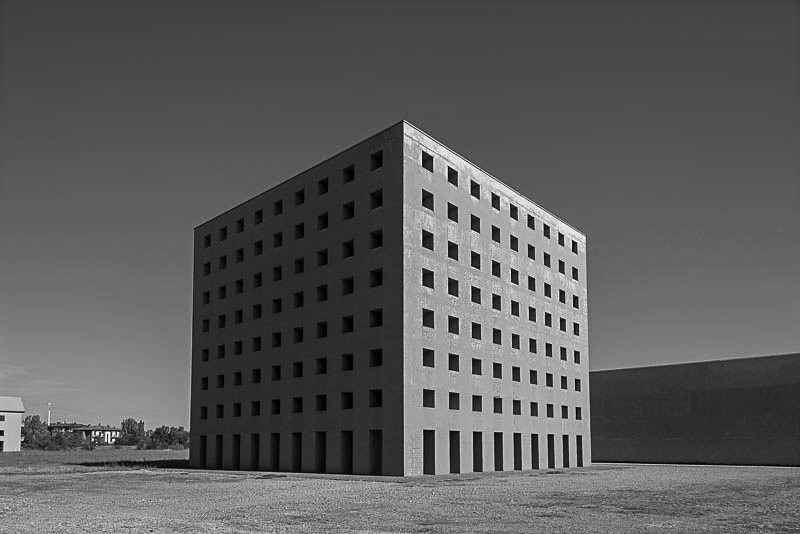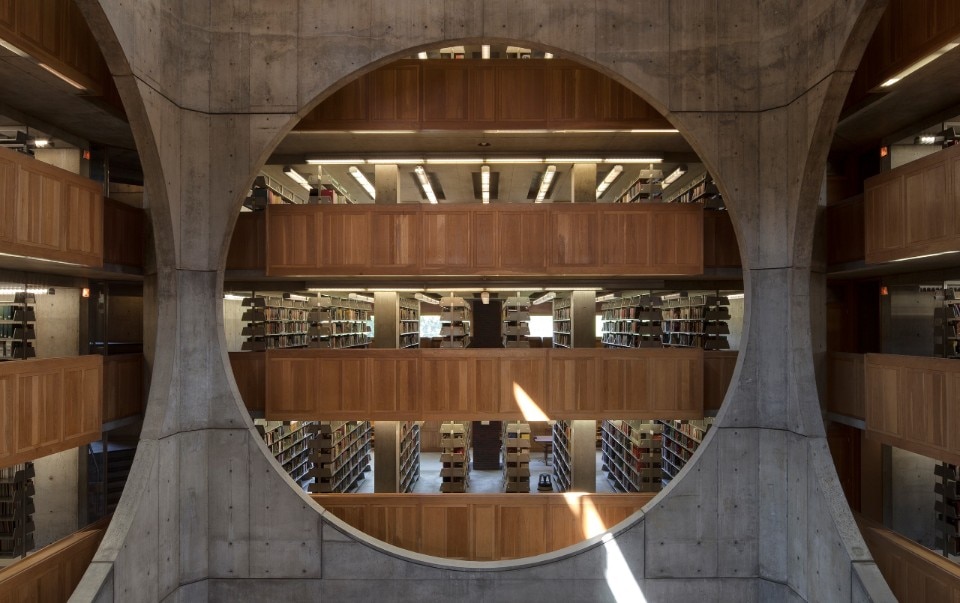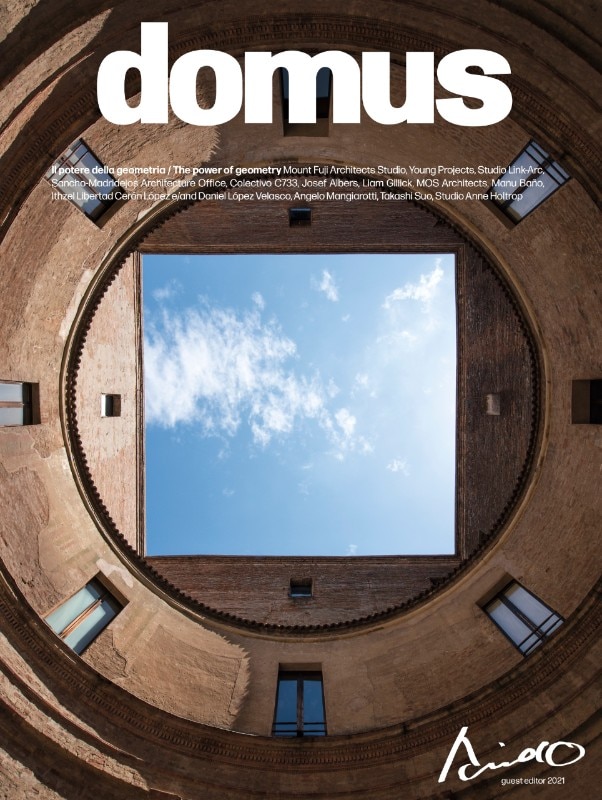From the time of the ancient Egyptians, geometry has been a singular and irreplaceable method to bring order to the Earth. In ancient Greece, the birthplace of Platonism, geometry was sublimated into a language of philosophy. Thereafter, Western architecture employed geometry as a fundamental precept to construct systems of logic and beauty. This world view, which symbolises macrocosmic harmony by utilising spheres and regular polyhedra, was most evident in the idealised cities drawn by each era’s architects.
Even in the contemporary age, with architecture outgrowing historicism and pushing forward the invention of new formal typologies, geometry has continued to nurture the seeds of human creativity. Once a symbol for the manifestation of the sacred, it now functions as a limitless framework for modern architecture, which strives for rationality and universality. In short, geometry is the ultimate testimony of the artificial.
However, we must not forget that while geometry and abstract conceptualisation resonate as absolutes at the roots of architecture, they alone do not ensure innovation. The concrete world where we attempt to realise abstract ideas is illogical, opaque, complex and diverse, representing the definitive state of our corporeal existence. Creation by geometry is always accompanied by the struggle between abstraction and representation. Rational and irrational. Whole and part. Artificial and natural. These dualistic propositions surface one after the other to torment the mind of the creator. However, referring to the geometric legacies left behind by renowned architects, it becomes increasingly apparent: the deeper and more intense the opposition between pure abstraction and diverse representation, the more the creation comes alive. There, beautiful, robust and rich geometrical expressions emerge.

This truth remains unchanged despite the digitisation of the design field. The creators of our time are each challenging architecture with their own novel geometries. Some seek forms to confront and obfuscate the boundary of the artificial and natural world. Some attempt to resist the modern homogeneous city with an aggregate of parts, developing richness and complexity within a simple framework. Some continue to fight, trusting in the universal world that culminates the pursuit of regionalism. When their work withstands the test of time and is passed on, the proof of our generation will be engraved in history.
Opening image: Louis Kahn, library and dining hall of the Phillips Exeter Academy in Exeter, New Hampshire, 1971. Foto Wikimedia Commons



